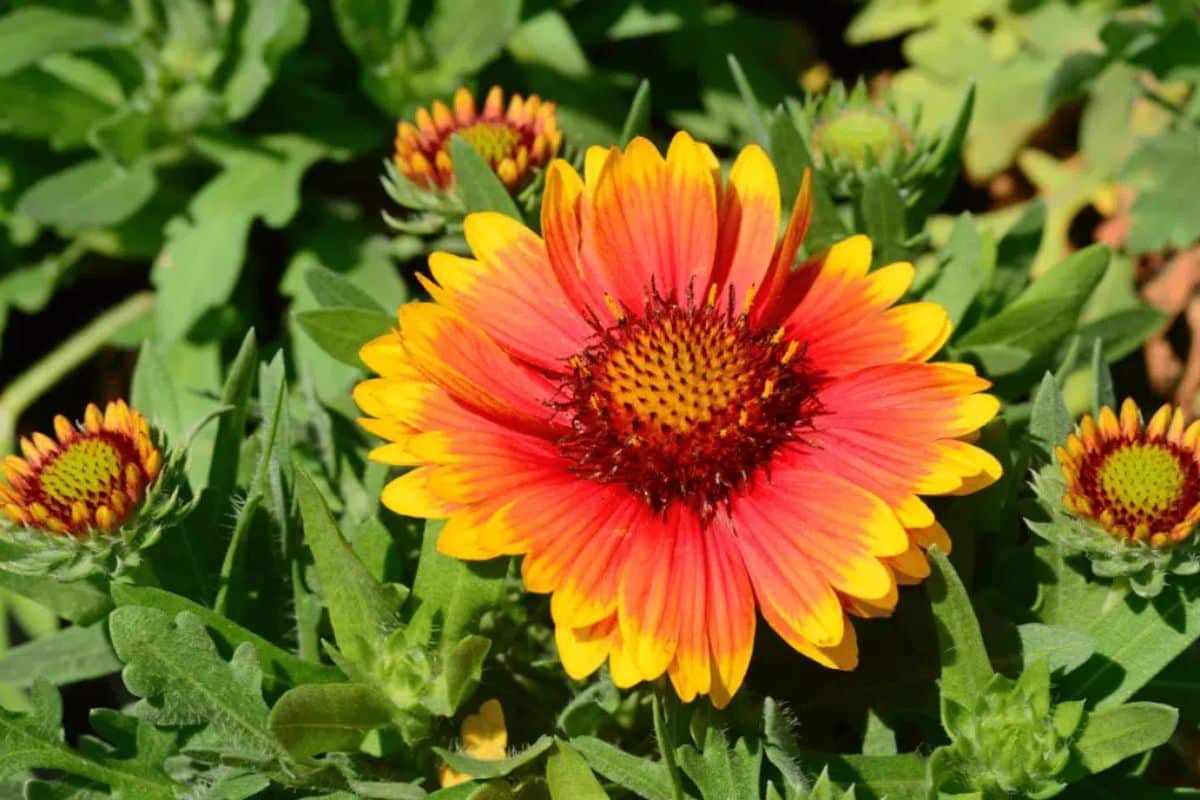Creating a stunning autumn garden requires strategic planting before September arrives. As temperatures begin to shift, choosing the right flowers ensures your outdoor space remains vibrant long after summer fades. The following selection of flowers offers gardeners reliable options that thrive in fall conditions, bringing color and life to your landscape during the transitional season.
Top flowering plants for autumn splendor
Extending your garden’s beauty into fall requires selecting plants that perform well as temperatures drop. Many flowering varieties actually prefer cooler conditions and will provide spectacular blooms well into autumn when planted at the right time. Chrysanthemums rank among the most beloved fall flowers, offering dense blooms in countless colors that persist until frost arrives. For best results, plant these iconic autumn flowers in well-drained soil with full sun exposure.
Asters bring starry blooms in shades of purple, blue, pink, and white that butterflies find irresistible. Their ability to thrive in slightly acidic soil makes them perfect companions for other fall favorites. A light pruning after their initial bloom often encourages a second flowering period, extending their visual impact throughout the season.
Dahlias contribute exotic flair with their large, dramatic blooms that continue until frost. Their impressive variety of forms and colors makes them standout additions to any autumn landscape. These tubers perform best in fertile, well-drained soil with plenty of sunshine. For taller varieties, staking provides necessary support against autumn winds.
Japanese anemones offer elegant, delicate flowers that sway gracefully in fall breezes. Their subtle beauty creates a perfect contrast to more boldly colored autumn bloomers. These adaptable plants thrive in rich soil with either full sun or partial shade, making them versatile additions to various garden settings.
| Flower | Bloom Color | Height | Sun Requirements |
|---|---|---|---|
| Chrysanthemums | Various | 1-3 feet | Full sun |
| Asters | Purple, blue, pink, white | 1-4 feet | Full sun |
| Dahlias | Various | 1-6 feet | Full sun |
| Rudbeckias | Yellow, orange | 2-3 feet | Full sun |
Easy-care options for autumn gardens
Several fall-blooming flowers require minimal maintenance while delivering maximum impact. Rudbeckias, commonly known as black-eyed Susans, bring warm golden tones to autumn gardens with their daisy-like blooms. These hardy perennials thrive in well-drained soil and full sun, asking little more than deadheading to encourage continuous flowering.
Sedums, particularly Sedum spectabile, produce large pink or purple flower heads that attract bees and butterflies well into fall. Their succulent nature makes them drought-tolerant and perfect for gardeners seeking low-maintenance options. Plant these sturdy perennials in dry, well-drained soil with full sun exposure for optimal performance.
Pansies deserve special mention for their remarkable cold tolerance. These charming flowers with “face-like” markings continue blooming through autumn frosts and often survive to bloom again in spring. Their availability in countless color combinations makes them versatile choices for containers and borders throughout the cooling season.
For vertical interest, consider snapdragons with their distinctive blooms in various colors. These architectural plants add dynamic height to fall flower beds and continue flowering until heavy frost arrives. Regular deadheading keeps them producing new blooms throughout autumn.
Long-blooming varieties for extended color
These reliable performers offer extended flowering periods when planted before September:
- Coreopsis – bringing golden yellow tones that persist through autumn
- Gaillardias – offering fiery orange and red blooms until frost
- Cosmos – providing airy, delicate flowers in pink, white and purple
- Lantanas – delivering clusters of multicolored blooms that attract butterflies
- Crocosmias – contributing bold red spikes for dramatic autumn impact
Adding texture and unique features
Beyond traditional flowers, consider plants that contribute interesting textures and forms to your autumn garden. Ornamental grasses reach their peak beauty in fall, with feathery plumes and striking seed heads that catch morning light and evening dew. Their movement adds dynamic interest as autumn breezes pass through the garden.
Echinacea (coneflower) varieties not only provide bright colors but also develop interesting seed heads that persist through winter. Their medicinal properties complement their ornamental value, making them multifunctional additions to fall landscapes. These hardy perennials prefer well-drained soil and full sun exposure.
For foliage interest, heucheras offer colorful leaves in shades from lime green to deep burgundy. Their small flowers add subtle beauty, while their evergreen or semi-evergreen nature provides structure throughout autumn and winter. These versatile plants perform beautifully in partial shade with well-drained soil, making them perfect for woodland garden edges.
Consider these numbered steps for preparing your fall garden:
- Assess your garden’s sun exposure patterns as autumn approaches
- Test soil drainage in planting areas to ensure proper conditions
- Select plant varieties based on your specific hardiness zone
- Prepare planting beds with appropriate amendments before August ends
- Water newly planted specimens consistently until established
By incorporating diverse plant types with staggered blooming periods, your garden will maintain visual interest throughout autumn. Thoughtful combinations of colors, heights, and textures create dynamic landscapes that transition beautifully from summer abundance to winter’s quiet elegance.

